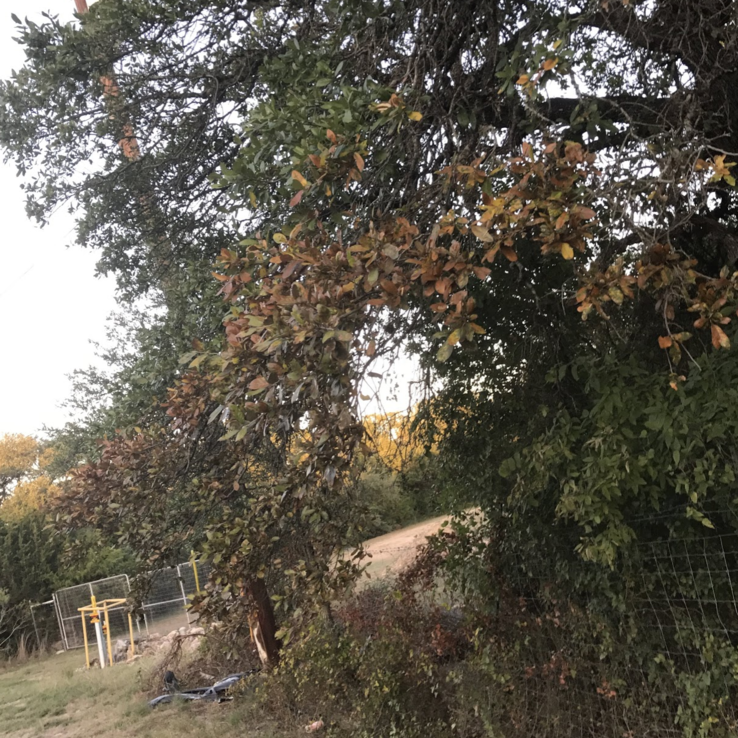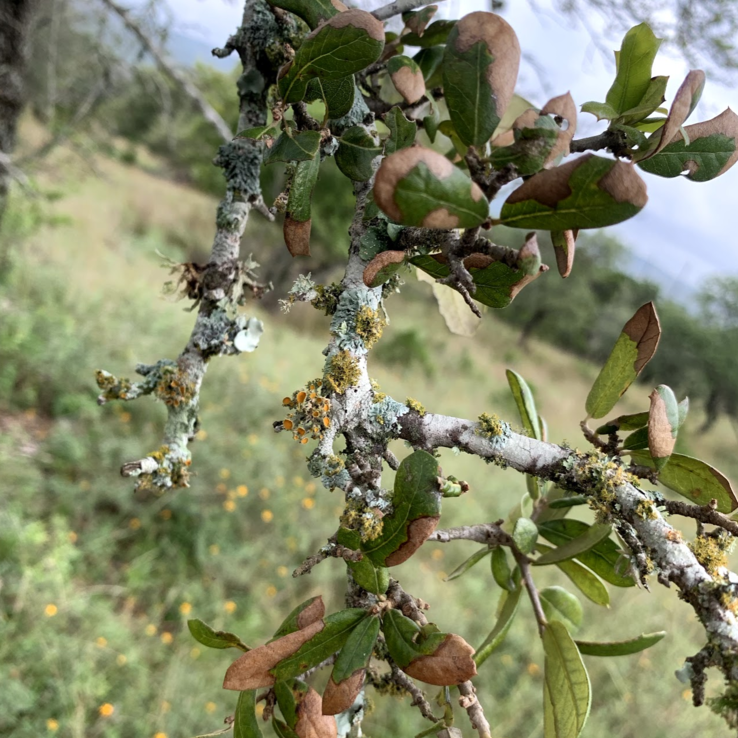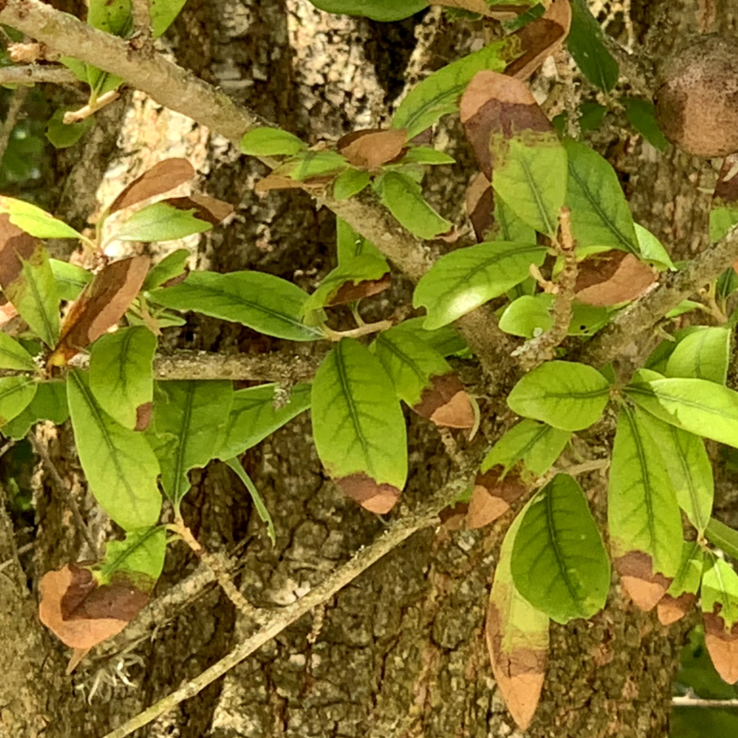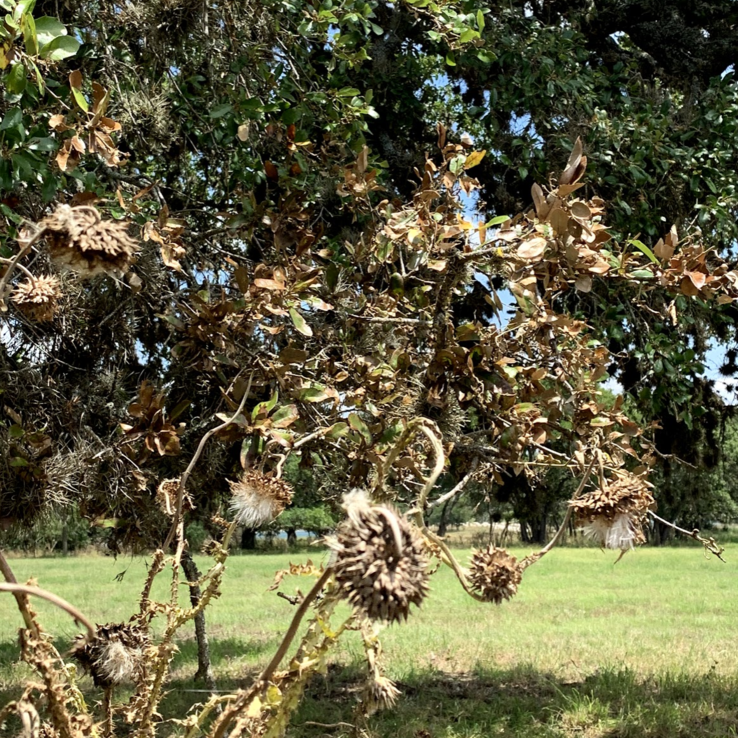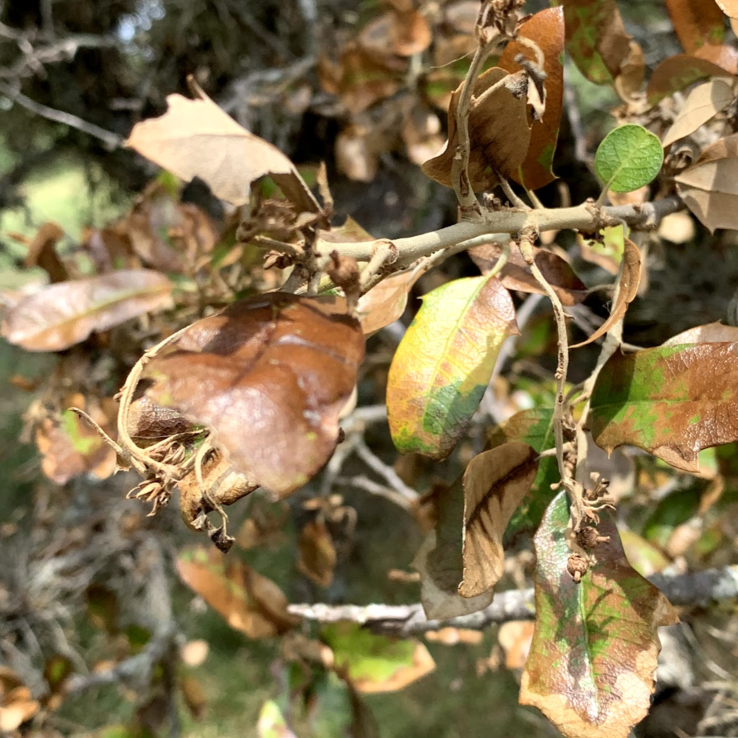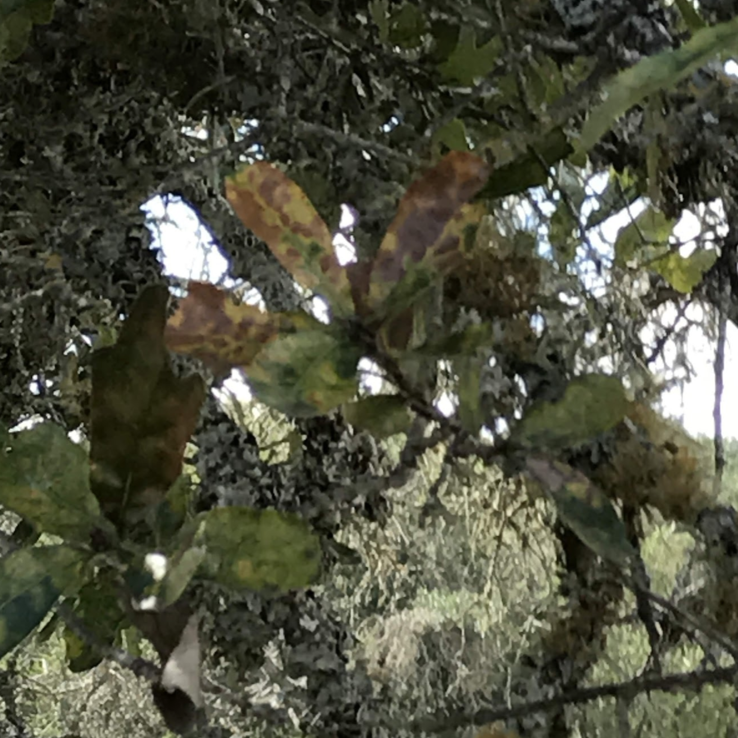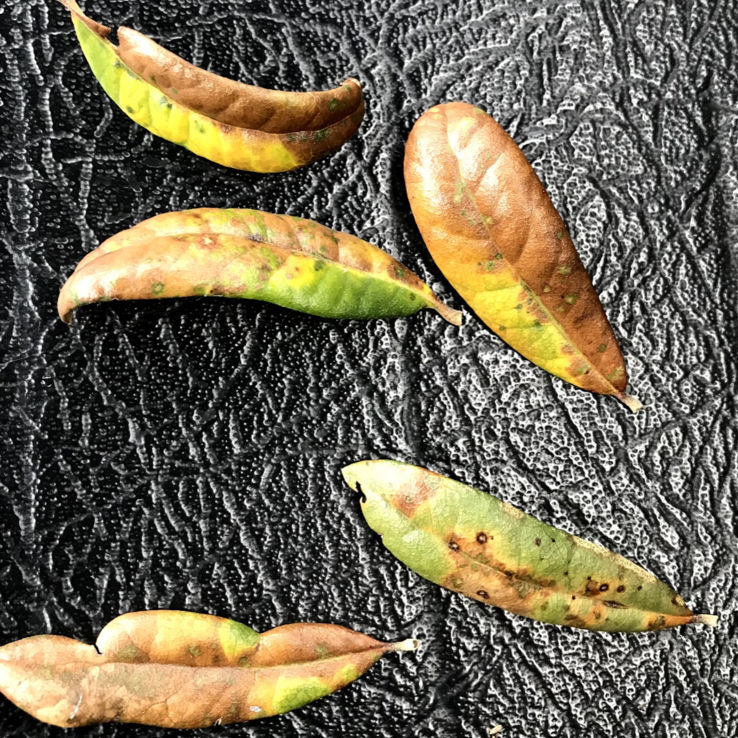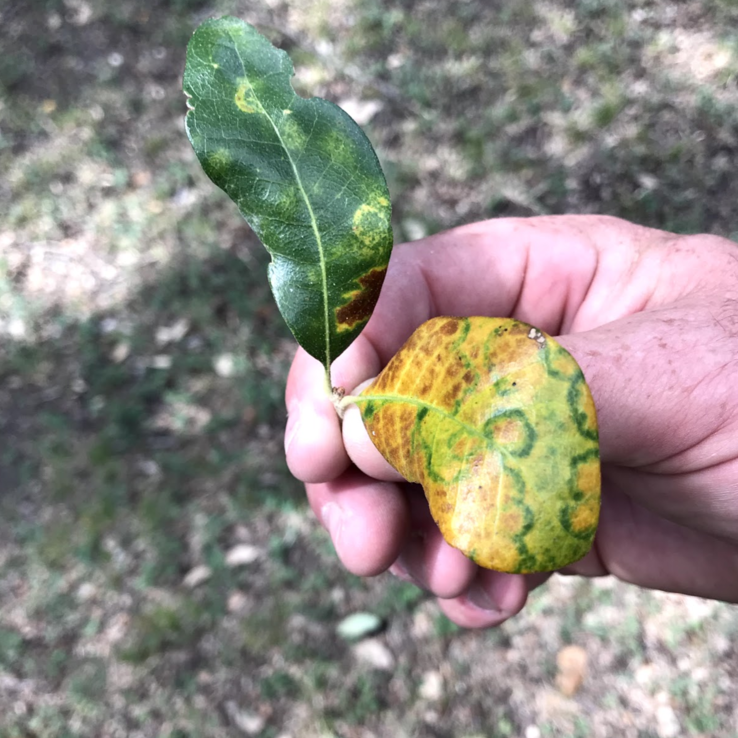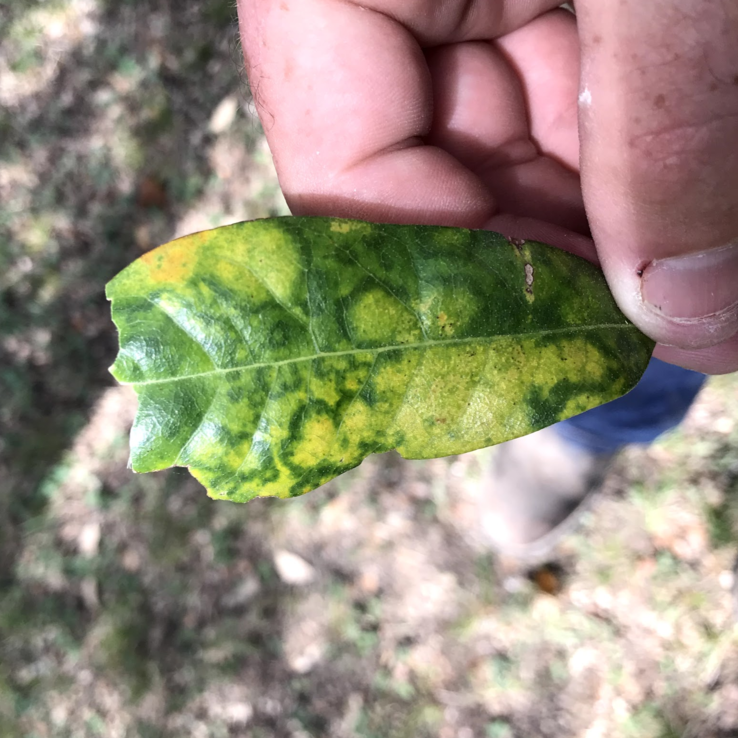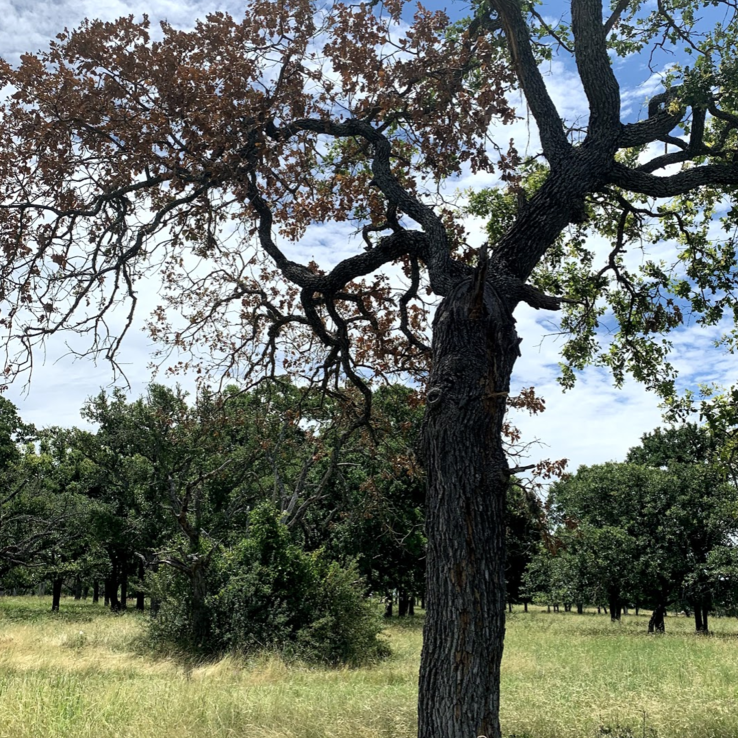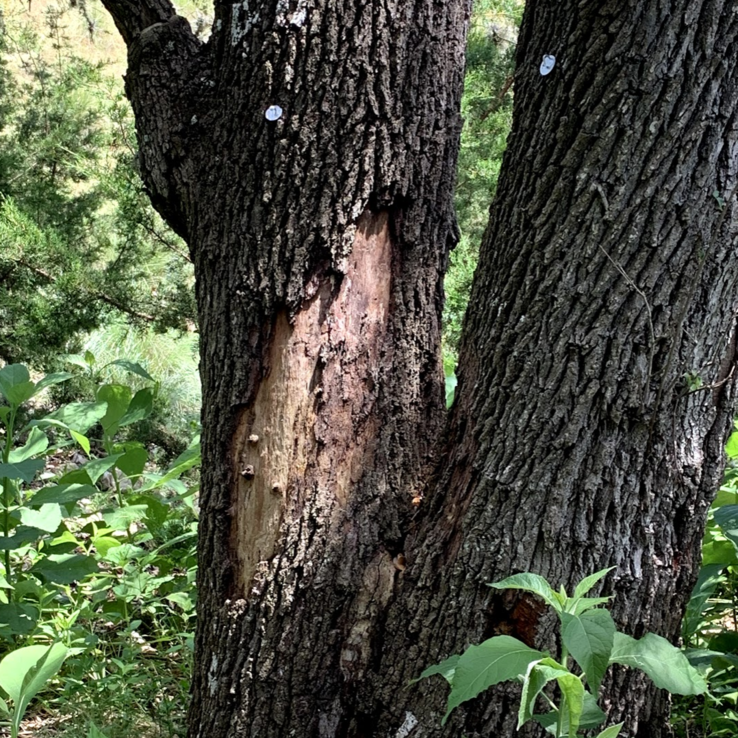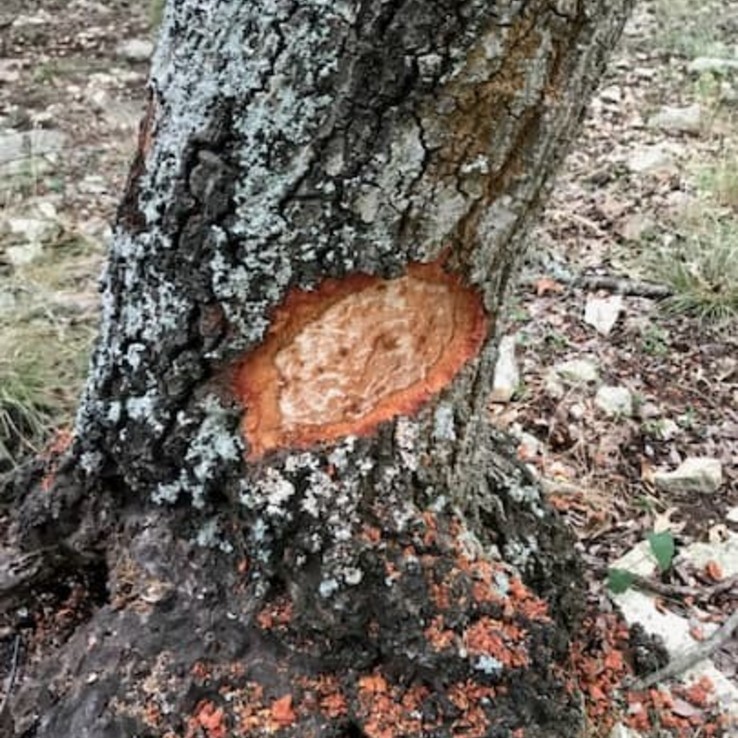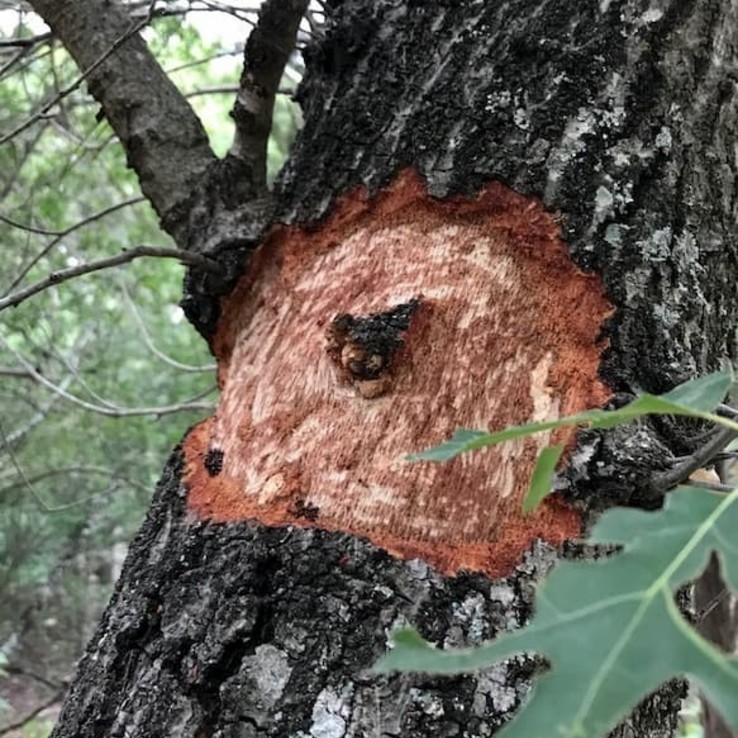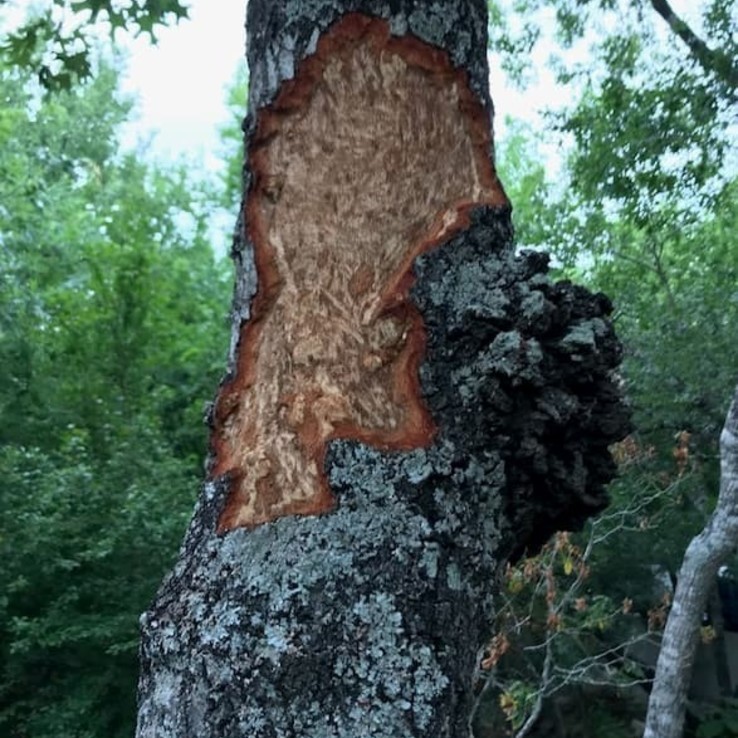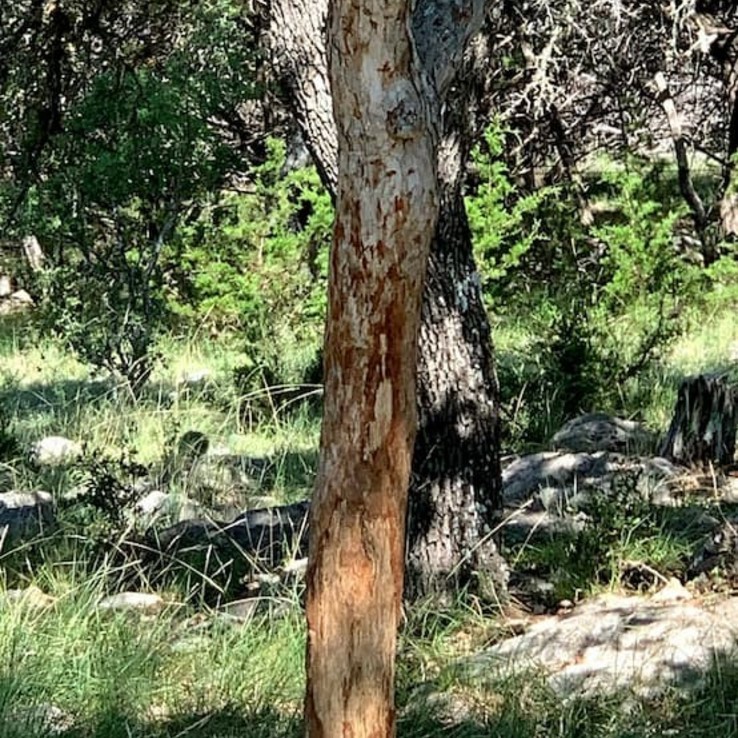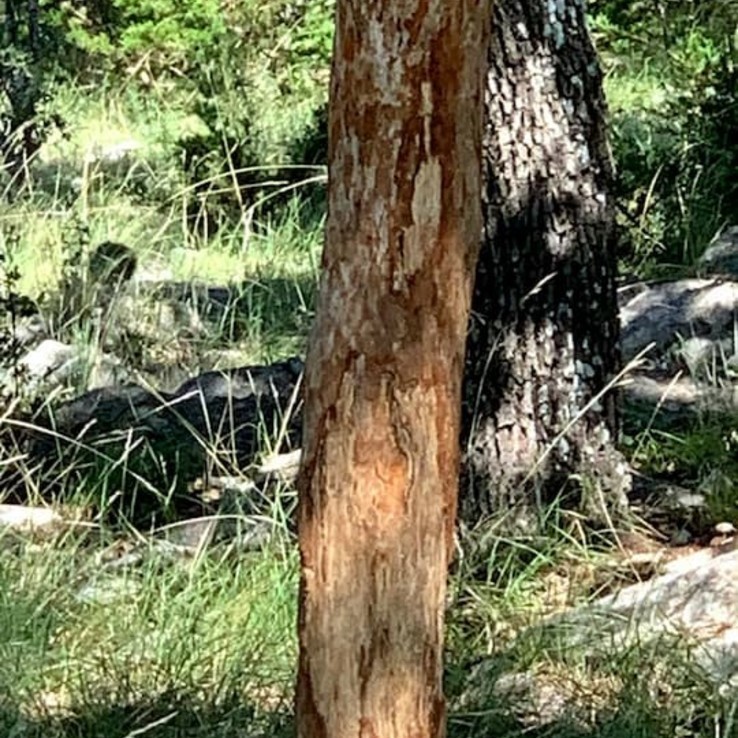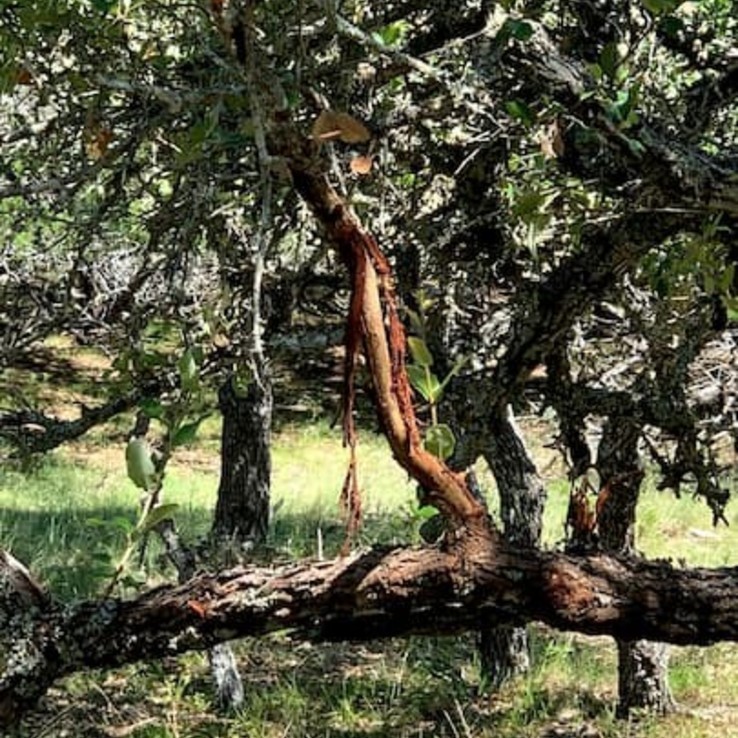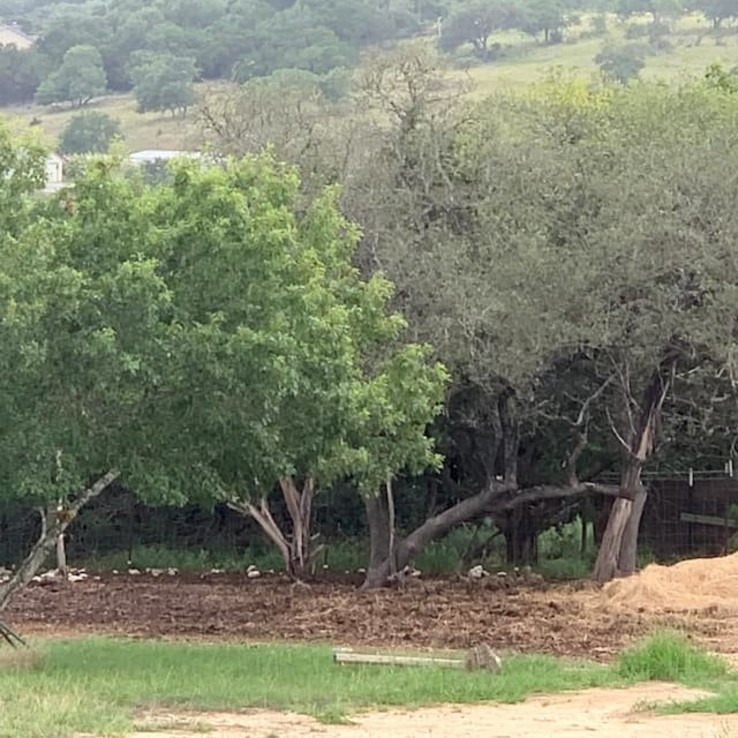Is it really Oak Wilt?
False Symptoms: Toxicity Damage
Herbicide and chemicals can cause very serious damage to trees. The symptoms may resemble oak wilt by either mimicking pattern of mortality (i.e. by chemical spill), or foliar symptoms only vaguely resembling leave tip or margin burn to even identical look-alike veinal necrosis or chlorosis by which only an experienced consulting arborist adept at forensic investigation can differentiate between the two. The technical aspects involved in this are quite lengthy so suffice it to say that not all arborists are equal in ability and it is best to select the most credentialed and experienced arborist.
False Symptoms: Prolonged Field Saturation, or “Wet Feet”
You are probably thinking “say what?!?” This is a term I coined to describe when trees abscess or drop 30-60% of their leaves within a couple of week time period. When this event occurs on a significant portion of the Live Oak population within the hill country area, I receive a very large volume of calls of concerned tree owners wondering if their tree has oak wilt due to the significant leaf casting.
What is actually happening is after prolonged field saturation (at least 3 weeks duration or more) due to constant rainfall and or excessive irrigation, and or grade alterations in drainage combined with the latter two – the critical air to soil to water equilibrium is so off-kilter that some trees cannot properly photosynthesize and they shed their leaves to slow their photosynthetic rate until the equilibrium of the three achieves an acceptable level conducive for photosynthesis and leaf regeneration will begin again.
The leaf symptoms do not at all resemble oak wilt symptoms but the quick and heavy leaf casting does resemble an effect of oak wilt. If this happens very often to a particular tree and it recovers and re-leafs slowly and even appears to be un a slow death spiral – it is likely that it is a mild to moderate case of phytophora which will need treatment to save the tree.
False Symptoms: Lightning Damage
Lightning damage is definitely a consideration when I am investigating a new possible oak wilt mortality center. Lightning causes leaf cast, it often causes canopy yellowing and sometimes even veinal chlorosis or necrosis.
Though often times there are blatantly obvious exit wounds with tree anatomy “shrapnel” strewn about and or exit wounds on the tree – there are on occasions where no readily visible damage occurs. In these instances, it can be quite a bit more challenging to diagnose the cause of symptoms.
Again detailed forensic approach can usually decipher the cause but is quite lengthy and in-depth. Important, to mention here (and will be covered in more depth later) is that even though a determination of lightning is arrived at – the wounds often associated with lightning are one of the top natural wounds predisposing a tree to contract oak wilt.
False Symptoms: Frost Damage
Diagnosing oak wilt during the wintertime is notorious for leading the average consultant to incorrect diagnoses either way. There is no replacement for experience. Frost damage very frequently mimics leaf tip burn, leaf margin burn, and venal necrosis. Foreknowledge of weather history, wind direction, and sun travel all can help considerably. Often frost damage will not be uniform.





